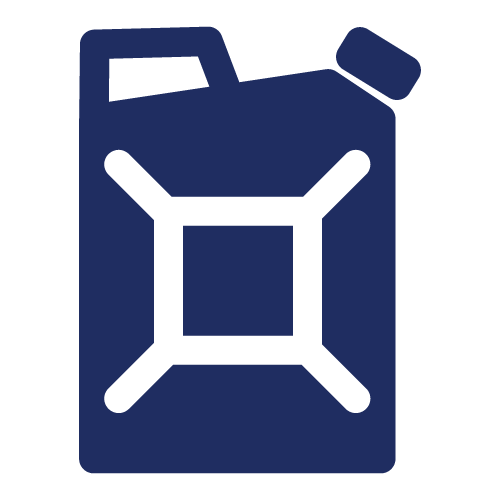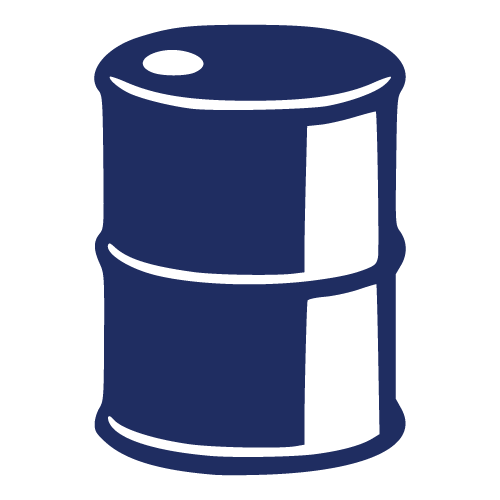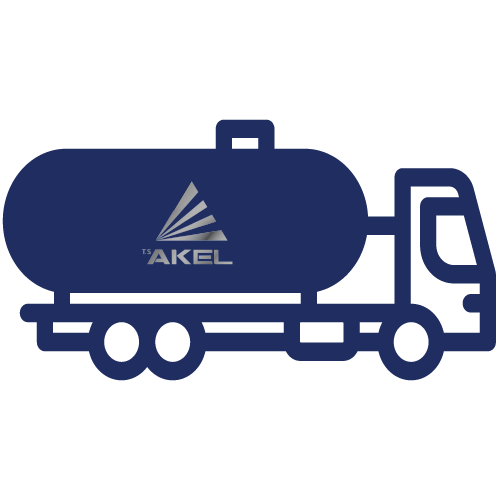METHYLENE CHLORIDE
- Cas No: 75-09-2
- EINESC No: 200-838-9
- Molecular Weight: 84.93 g/mol
- Chemical Formula: CH2Cl2

Tin
-

Barrel
270 Kg

IBC
1350 Kg

Pouring
5-25 Ton
Physical characteristics
- General Properties: Colorless liquid
- Odor: Chlorinated, Irritating
- Density: 1.3266 g/cm3
- Boiling Point: 39.6 °C
- Melting Point: -96.7 °C
- Flash Point: –
- Vapor Pressure: 57.3 kPa (25 °C)
- Refractive Index: 1.4244 nD
- Solubility (in water): – 13.2 mg/L (25 ° C)
production
Methylene chloride is generally produced by the reaction of chloromethane or methane with chlorine gas in the range of 400 – 500 °C. At the end of the process, many products other than methylene chloride are formed. These products are then separated from each other by distillation.
General features
Methylene chloride, also known as dichloromethane, is a colorless, volatile liquid with a chloroform-like odor. It is frequently used as a chlorinated solvent. It is a very good solvent for many organic substances. Although it occurs naturally in the oceans and wetlands thanks to microalgae, its biggest source in nature is industrial production. Although methylene chloride is not normally flammable, it can form flammable mixtures with air at temperatures above 100 °C. Again, at these temperatures, the smoke is toxic and narcotic for humans. Although slightly soluble in water, it is a polar compound and miscible with other organic solvents.
Usage areas
Methylene chloride; It is a chlorinated solvent used in many fields with its volatility and very good solubility for many compounds. It is mainly used as a solvent in paint removers. It is also preferred as a solvent in the production of coatings for vitamins, steroids and some drugs. It is also used as a propellant in many aerosol products. Methylene chloride is used as a cleaner in metal production. It is used in pesticides and fumigation chemicals. In addition, although it is used to remove caffeine from tea and coffee, its use for this purpose has gradually decreased due to its health effects.
Safety Precautions and Toxicity
Methylene chloride is dangerous for human health. May cause serious injury in contact with skin and eyes. However, it is carcinogenic if inhaled or swallowed. Long-term exposure may cause serious dysfunction in some internal organs, while at high concentrations it may cause problems such as acute dizziness, drowsiness, and nausea. Due to its volatility, it should be stored in tightly closed containers, and safety precautions must be followed while working.
It is disclosed by the American Occupational Safety and Health Administration that 14 last dyeing workers have died since 2000 in the compound states of the Americas for non-compliance with these precautions. Therefore, the use of methylene chloride has been banned in many areas or alternative solutions are still being sought. Methylene chloride produces toxic gases when heated and can cause explosions at high temperatures. Therefore, it should be stored in cool and well-ventilated environments.

